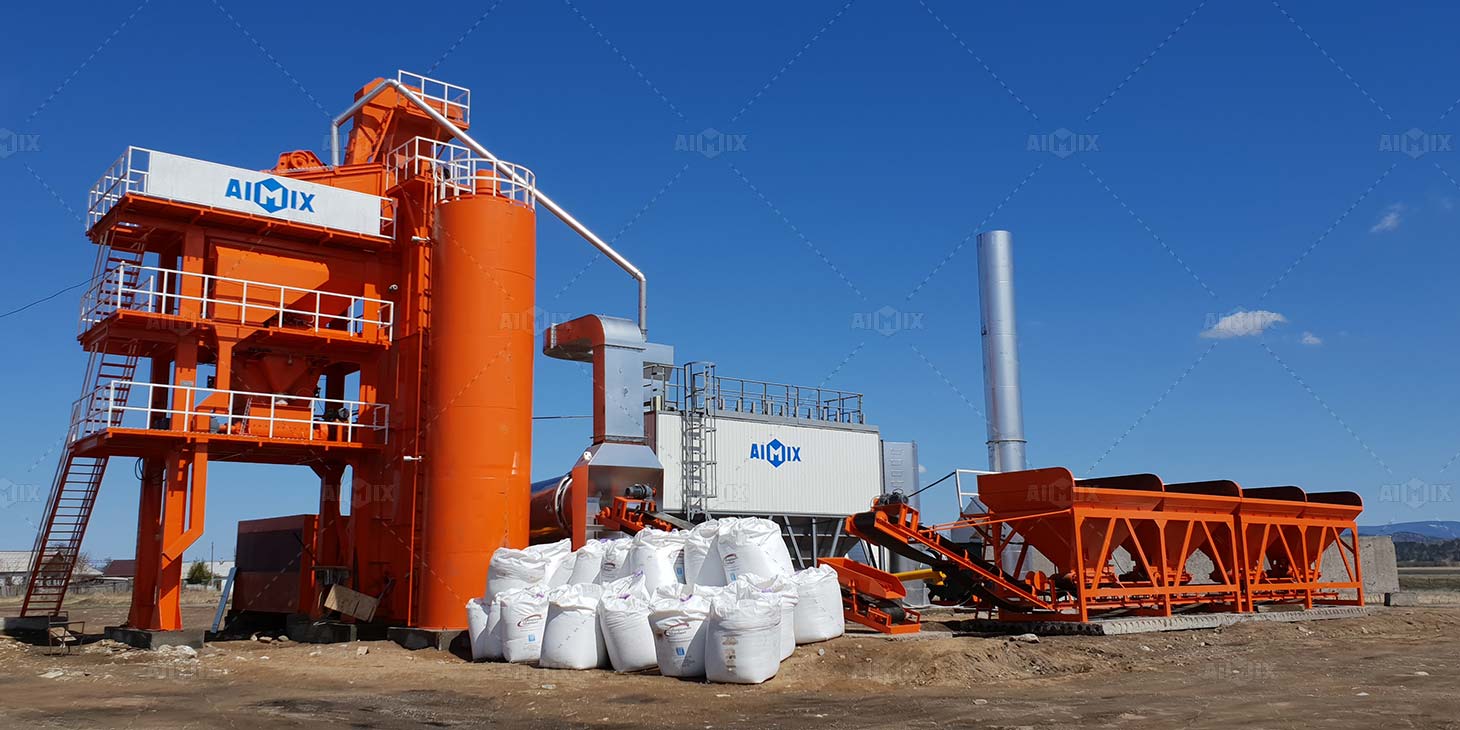In the realm of asphalt production, the choice between a drum mix plant and a batch mix plant can be akin to selecting the right instrument for a symphony. Each comes with its own set of capabilities, nuances, and potential harmonies or dissonances with your project requirements. In this article, we embark on a creative journey to explore the intricacies of these two methods and help you discern the better option for your specific needs.
I. Understanding the Drum Mix Plant
The mechanics of a drum mix plant
Imagine a drum mix plant as the conductor of a rhythmic asphalt orchestra. It functions by continuously mixing aggregates and asphalt within a drum. The parallel flow design allows for a smooth and consistent production process. The heated aggregates move in one direction, while hot asphalt is injected into the rotating drum, creating a seamless melange of materials. More info about drum mix plant, check here: <a href=“https://aimixasphaltplant.com/asphalt-drum-mix-plant/”>https://aimixasphaltplant.com/asphalt-drum-mix-plant/</a>.
Advantages and drawbacks of drum mix technology
Just like every musical instrument has its unique qualities, so does the drum mix plant. It boasts a high production rate, making it suitable for larger projects with high demand. Its continuous operation ensures a steady flow of hot mix asphalt. However, the downside includes limited flexibility in recipe changes during production and a relatively higher initial investment.
II. Demystifying the Batch Mix Plant
The intricacies of a batch mix plant
If the drum mix plant is the conductor, the batch mix plant is the meticulous composer. In this method, aggregates and asphalt are weighed and batched individually before being mixed in a separate pugmill. The process is precise, allowing for a wide range of recipe variations and tighter control over mix quality.
Pros and cons of the batch mix approach
Batch mix plants are known for their versatility. They excel in producing various mix designs and adapting to project-specific requirements. This flexibility makes them a favored choice for smaller projects, where changing asphalt formulations can be beneficial. However, this method may be less efficient for high-demand projects due to its intermittent production process.
III. Making the Choice: Drum Mix vs. Batch Mix
Analyzing project requirements and plant suitability
Selecting the best method becomes a symphonic composition in itself. Consider your project’s tempo—its size, duration, and specific mix requirements. For large-scale, continuous endeavors, the drum mix plant’s rhythmic flow might be the right cadence. In contrast, the <a href=“https://aimixasphaltplant.com/asphalt-batch-plant/”>batch mix asphalt plant</a>’s flexibility could be the perfect note for projects with diverse mix demands.
Navigating the decision-making process
The final decision, much like orchestrating a beautiful piece of music, depends on your project’s unique needs and nuances. Evaluate the benefits and limitations of each approach in the context of your project, and you’ll find the harmonious choice that resonates perfectly with your asphalt production endeavors.
In conclusion, the selection between a drum mix plant and a batch mix plant is a creative endeavor that requires a deep understanding of your project’s unique composition. Both methods have their strengths and weaknesses, and the key to making the best choice is conducting a harmonious symphony between your project requirements and the capabilities of each plant.

Comments
No comments yet. Be the first to react!